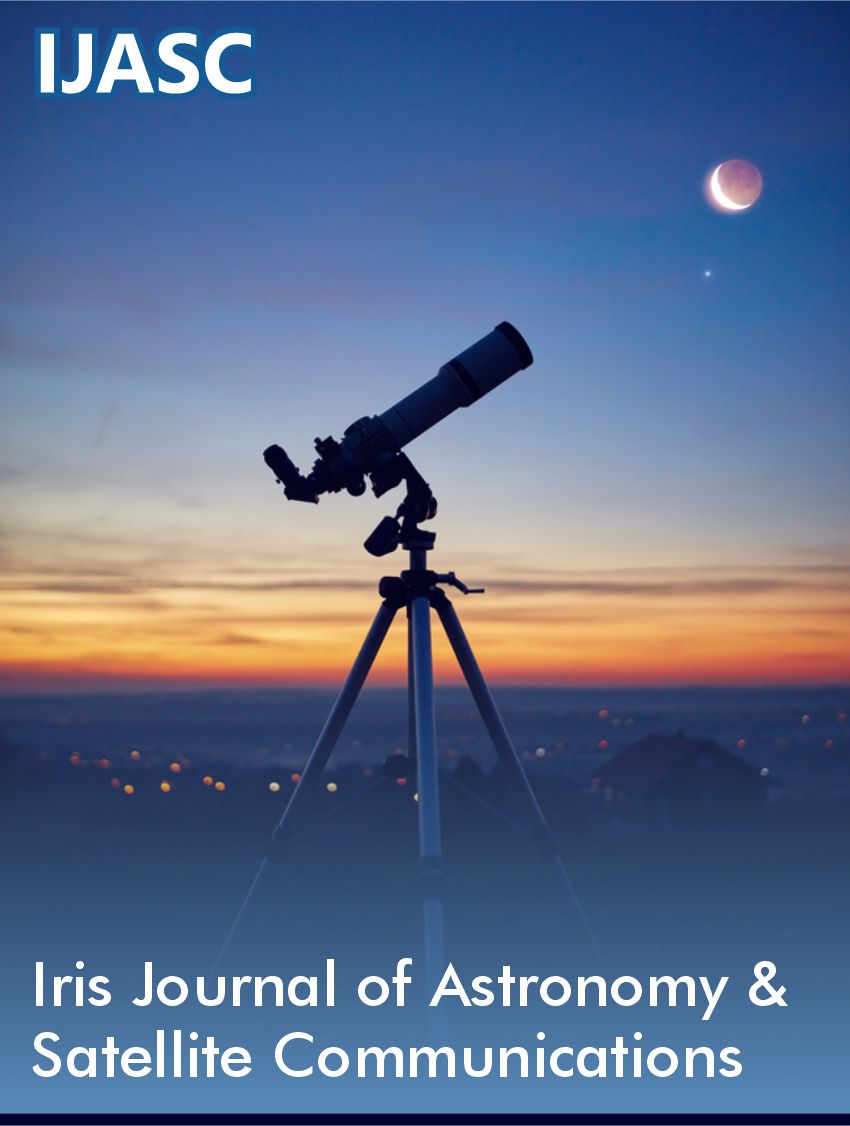 Research Article
Research Article
Fundamental Principles of Theory of Gyroscopic Effects
Ryspek Usubamatov*
Kyrgyz State Technical University after I Razzakov, Bishkek, Kyrgyzstan
Ryspek Usubamatov, Kyrgyz State Technical University after I Razzakov, Bishkek, Kyrgyzstan.
Received Date: June 25, 2023; Published Date: July 19, 2023
Abstract
The unusual properties of the movable rotating objects were interesting to mankind of different civilizations from ancient times. Beginning from the Industrial Revolution physicists and mathematicians begin to study the properties of gyroscopic devices. From those times L. Euler derived only one fundamental principle of the gyroscope theory which is the change in the angular momentum. Other gyroscopic effects could not describe mathematically in principle because the formulation of basic physical laws was finished at the beginning of the twenty century. From this time researchers published probably tons of manuscripts and several dozens of gyroscope theories that did not validate practically. The physics of gyroscopic effects turned out that more sophisticated than represented in known theories. Gyroscopic effects are manifested by the action of the system of the eight inertial torques that are generated by the centrifugal, and Coriolis forces, and the change in the angular momentum. These torques are kinetically interrelated by the angular velocities of the spinning objects’ axes based on the mechanical energy conservation law that constitutes the fundamental principles of the gyroscopic theory. All gyroscopic effects are described by mathematical models of the inertial torques, explained in their physics, and validated by practical tests. The theory of gyroscopic effects opens a new direction in the dynamics of rotating objects in engineering mechanics. Gyroscopic problems in engineering have been solved finally. Artificial terms invented by researchers, such as gyroscope couple, gyroscope resistance, “anti-gravity effect”, non-inertial property, etc., are removed forever from the glossary of gyroscope theory.
Keywords:Gyroscope theory; Inertial torque; Spinning object; Energy conservation law
-
Ryspek Usubamatov*. Fundamental Principles of Theory of Gyroscopic Effects. Iris Jour of Astro & Sat Communicat. 1(2): 2023. IJASC.MS.ID.000507.
-

This work is licensed under a Creative Commons Attribution-NonCommercial 4.0 International License.






